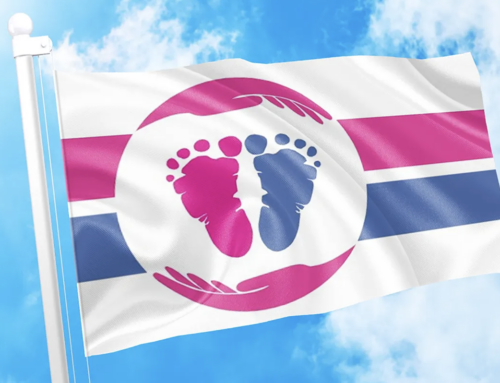Imagine the following scenario. Many years from now, experts think they notice a drop in the rate of homelessness. One expert argues the drop is attributable to a law, passed a few decades previously, which granted citizens the right to execute certain types of people: alcoholics, people with mental illnesses, and teenagers who have been sexually or physically abused. “Since these types of people are usually unloved and intensely poor and live tough lives, they’re the ones most likely to end up homeless,” the expert reasoned.
Preposterous, you say? No more so than the notion that the “social policy” of abortion on demand has caused a decrease in U.S. crime rates today. Yet that is what two academics, Steven Levitt of the University of Chicago and John Donohue III of Standford University Law School, claim to demonstrate in a recent paper, “Legalized Abortion and Crime,” widely covered in the media in August.
Levitt and Donohue argue that those people most likely to end up committing crimes – the “unwanted” children of poor, unwed, teenaged mothers from “minority” communities – were aborted in disproportionately high numbers in the early 1970s. Now, in the 1990s, when these children would have entered the age group with the highest rate of criminal activity, we find that crime rates are actually down.
For the sake of argument, let’s assume it’s true. What it would mean is that Americans have legalized widespread, preventive capital punishment, to the tune of 1.3 million executions per year, not just for murderers and traitors, but for truants and purse-snatchers. Sure, they don’t get trials – in fact, they haven’t even done anything wrong yet, let alone what we’d normally call a “capital offence” – but, as the saying goes, better safe than sorry.
The last we heard, the police practice of conducting investigations and arrests according to “community profiles” (statistical generalizations about crime rates in certain racial and ethnic groups) was a highly controversial thing. But maybe that’s only in Canada, where we execute only 100,000 potential criminals and other suspected miscreants per year, a much more humane number. (According to Statistics Canada, there are 100,000 surgical abortions performed in this country each year.)
Lest we think this kind of logic really is more an American phenomenon, however, we should remember that Canada’s own abortion rights pioneer, Henry Morgentaler, has been proclaiming the social benefits of abortion as a form of indirect eugenics for years. In an opinion piece published in the Vancouver Sun in 1995, he argued that because of liberalized abortion laws, “among those young men likely to commit offences there are fewer who carry an inner rage and vengeance in their hearts from having been abused or cruelly treated as children.” Dr. Morgentaler repeated comments to this effect at the opening of his new Fredericton clinic last year, and in a press release on the Levitt and Donohue study August 13.
So let’s get this straight. If an unborn child seems at greater risk of being deprived or abused because of his or her socio-economic situation, he or she may grow up to commit crimes. For this reason, it is beneficial (certainly for society, anyway) that these children be aborted. We don’t know that a specific child in this category will grow up to commit a crime, mind you, and we don’t know how serious his or her crimes might be. Still, we’d better execute them all the same. And this is all because somebody else was judged likely to beat them or deny them the latest Nikes for Christmas. We mess up their lives (or are statistically likely to mess them up), so we’d better get rid of them before they rise up to take their revenge.
We might be accused of exaggeration here; but Dr. Morgentaler probably wouldn’t think so. In the 1995 opinion piece, he argued that Paul Bernardo, Clifford Olson, Adolf Hitler, and Josef Stalin all fit the profile, and that in such cases, “prevention is better than a cure.”
Unfortunately for social theorists such as Dr. Morgentaler, one can cite other notables who fit the future criminal profile, but who, thank God, were not aborted. Like the boy whose parents had 14 children already, and lived in grinding poverty. Like the boy whose mother had tuberculosis, and whose siblings were disabled and ill. Like the girl whose mother was raped at the age of 13. Like the boy whose teenaged mother found herself pregnant, but not by her fiancé. The first child was the great Methodist evangelist John Wesley; the second was Beethoven; the third was gospel singer Ethel Waters; and the fourth was none other than Jesus Christ.
David Curtin, Editor-in-chief



